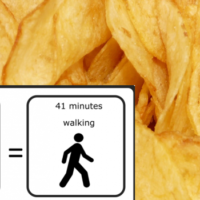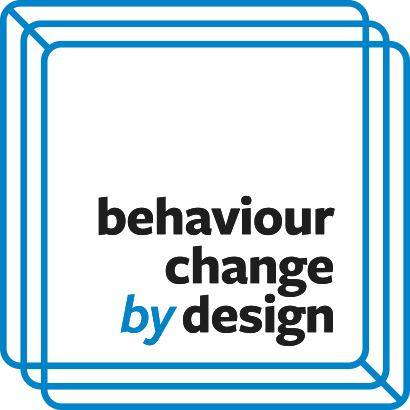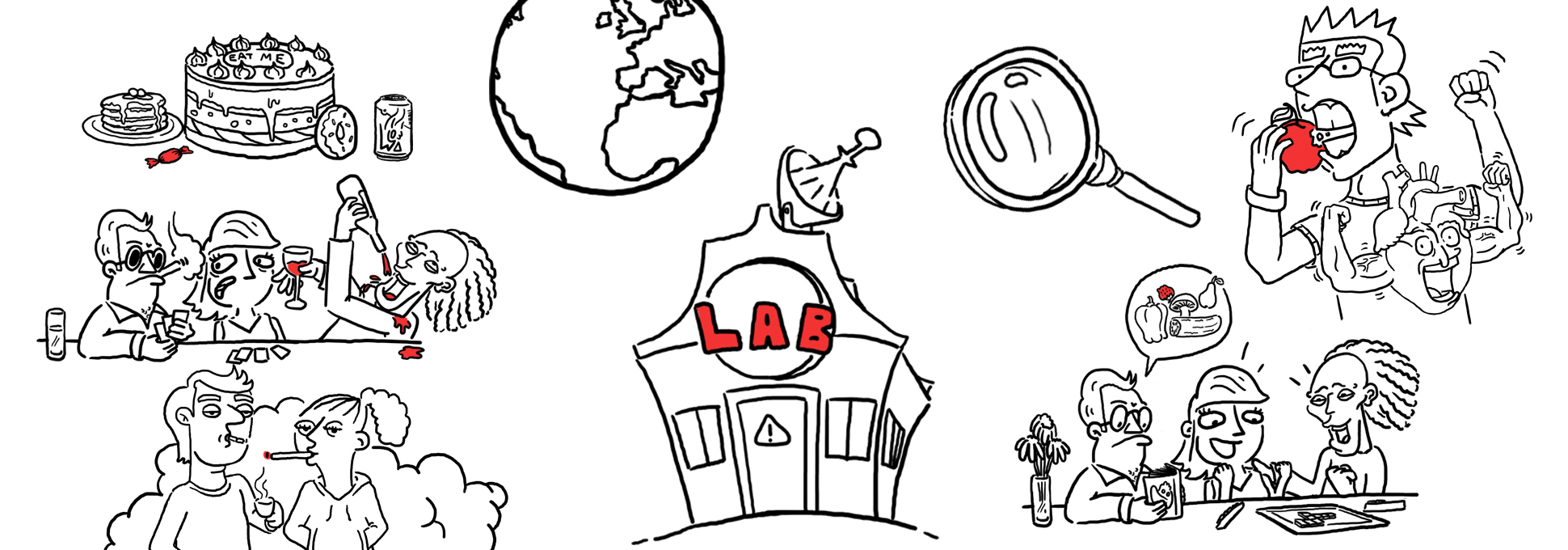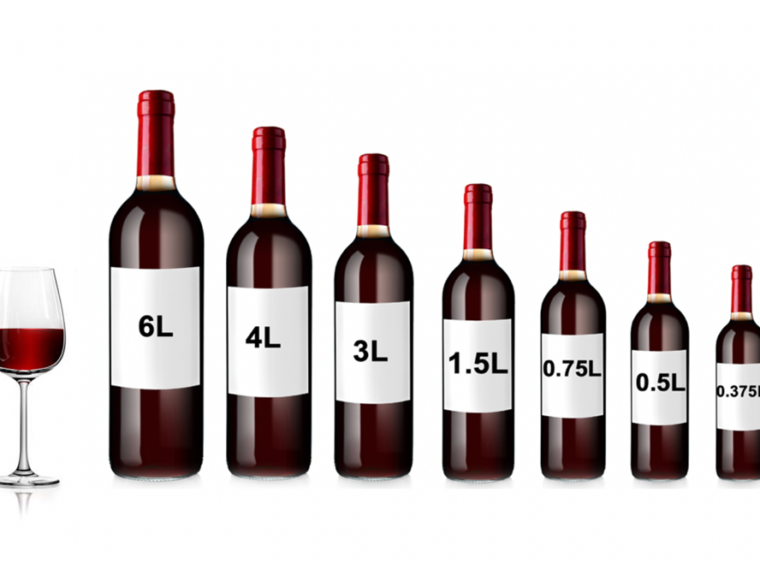Posted: 08/11/2022
An experiment carried out across ten workplace cafeterias found no significant change in the overall number of calories purchased when food and drink labels showed the amount of physical activity required to burn off their calories.
“Physical activity calorie equivalent (PACE) labels, contrary to expectations, may have little or no impact on the food people buy in worksite cafeterias,” said Professor Theresa Marteau, senior author, Director, Behaviour and Health Research Unit, University of Cambridge
More than three in five UK adults are overweight or obese, increasing their risk of diseases such as type 2 diabetes and cancer. A major factor that contributes to this is excess energy intake – in other words, eating too many calories. Measures that can help reduce energy intake could help tackle the obesity problem.
READ MORE
Posted: 07/11/2022
The first experimental evidence that people smoke more when smoking from larger pack sizes has been published in Addiction today. The research was designed to test whether lowering cigarette pack sizes from 25 to 20 reduced the number of cigarettes smoked.
Smoking remains one of the largest risk factors for disease globally and is a major contributor to the gap in life expectancy and years lived in good health between the richest and poorest groups.
Food studies show that smaller portion and pack sizes reduce how much people eat and reducing glass and bottle sizes can reduce the amount of alcohol that people drink.
READ MORE
Posted: 13/10/2022
People consume more food and non-alcoholic drinks when presented with larger portions or packages, and when using larger items of tableware, such as plates or glasses. But what about when presented with larger servings and containers of alcohol? We conducted a review to summarise the evidence for the influence of the size of servings glasses and bottles on how much people drink, to investigate whether making sizes smaller could reduce alcohol consumption across populations, thereby improving health.
We found 10 relevant published reports of 15 studies and one review. Twelve studies and the review focused on wine drinking, one study on beer and two on both. All were conducted in England, by just two research groups.
READ MORE








